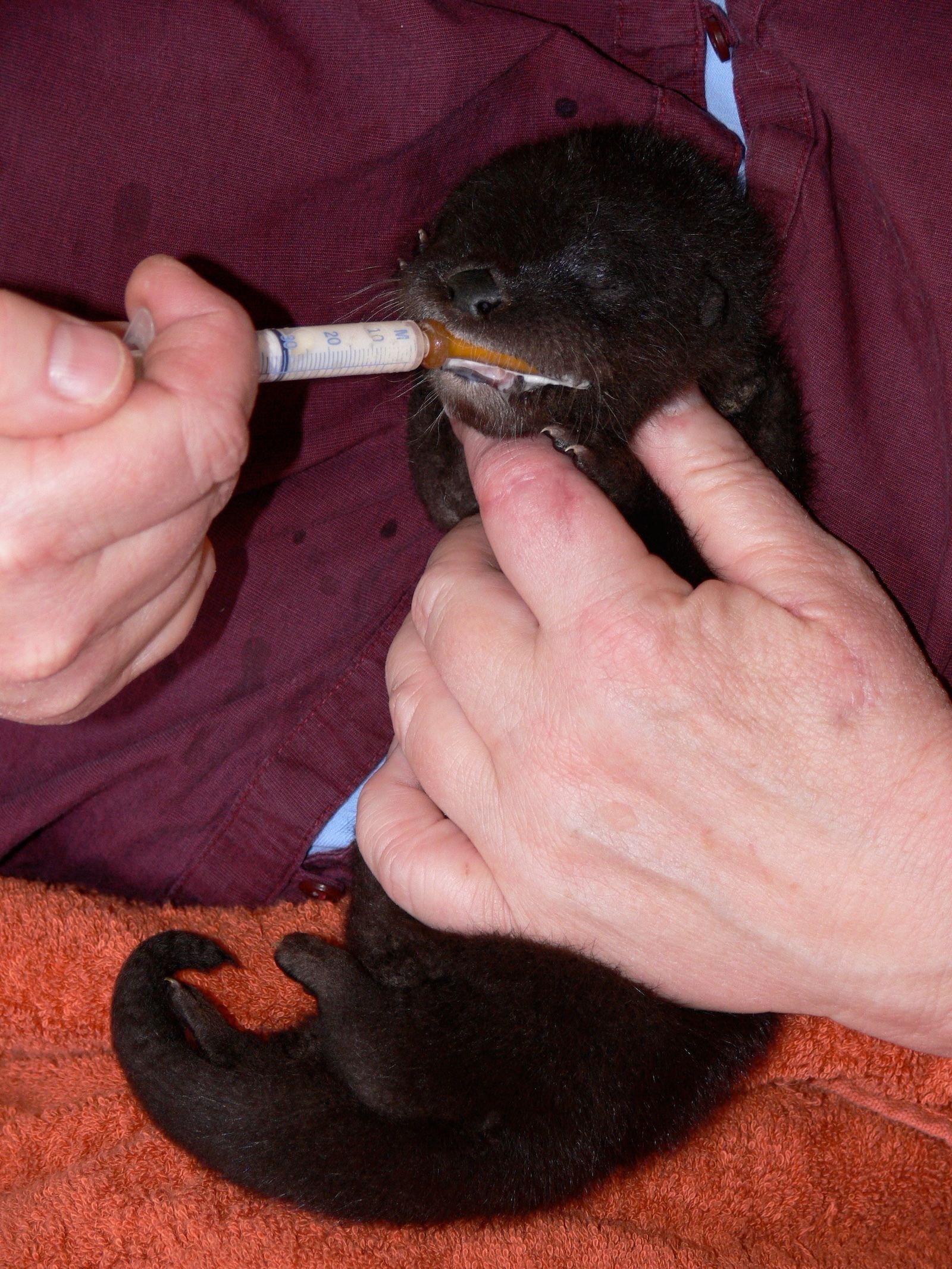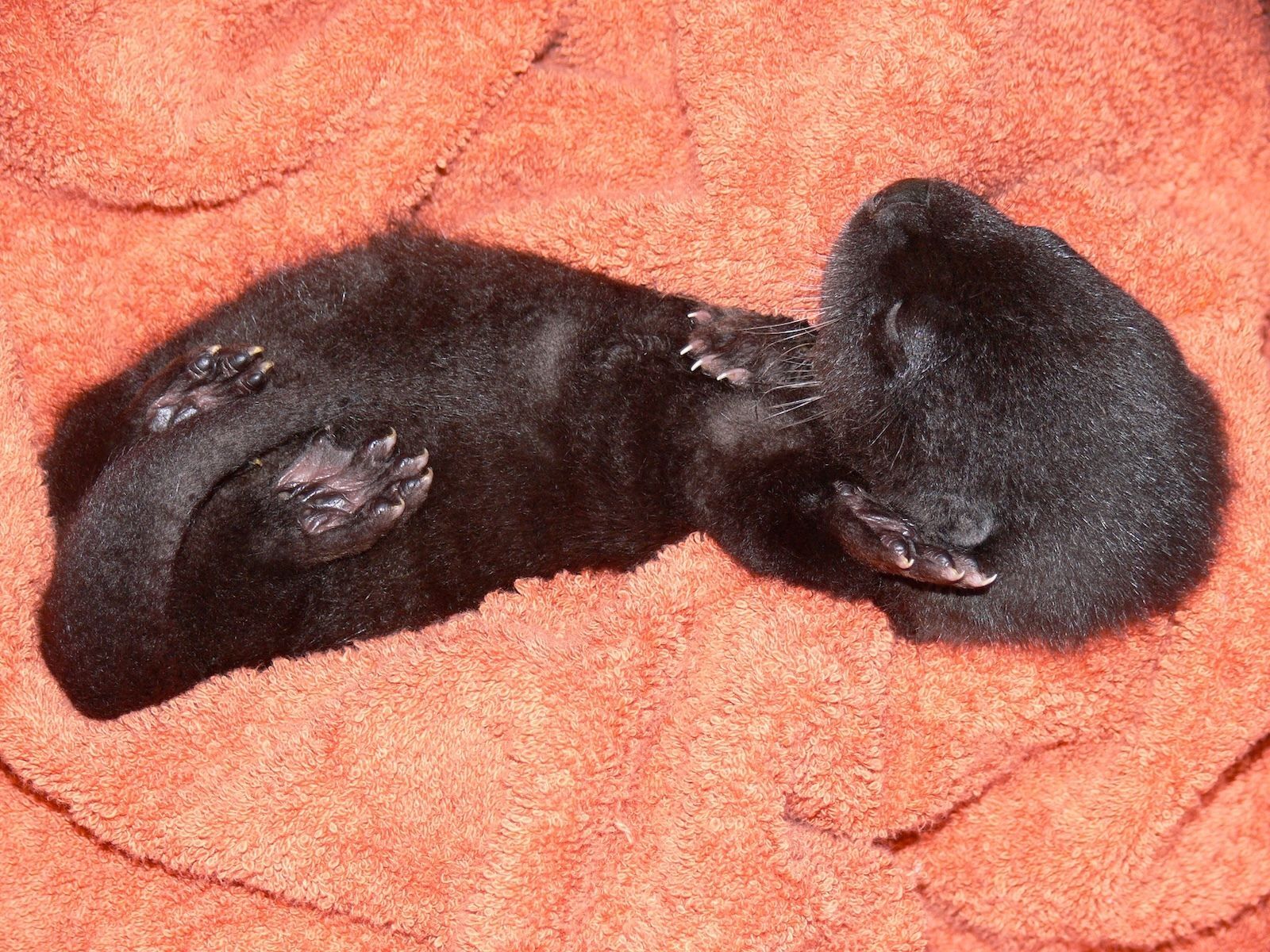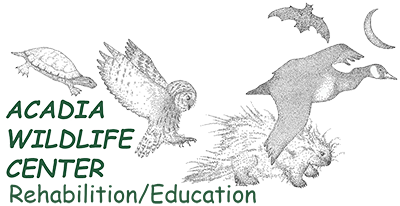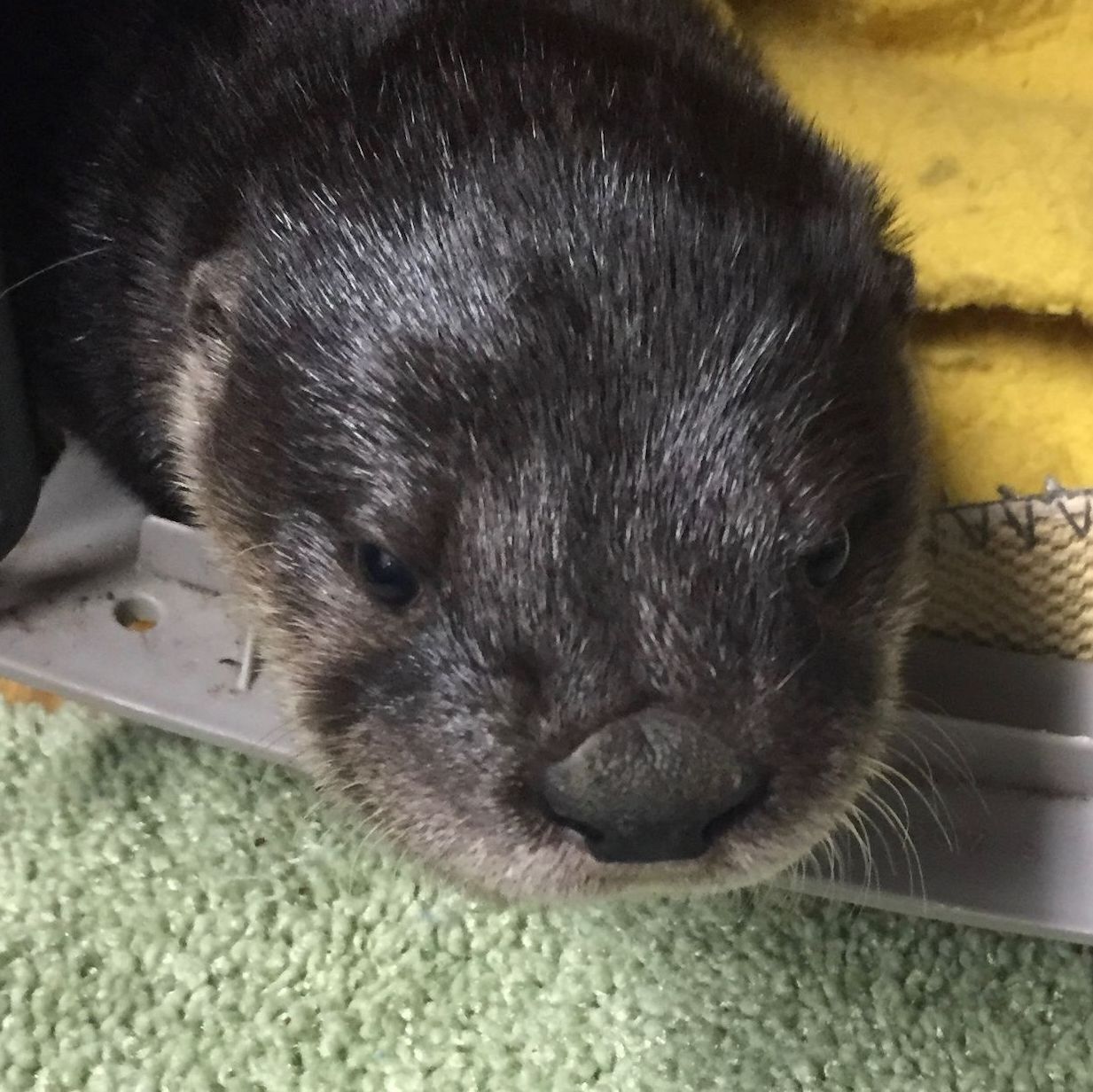
Throughout my childhood I had read books about otters and dreamed of the day I might see one in the wild. I grew up on Ring of Bright Water. To me they were the ultimate animal; beautiful, playful, fabulous. I never saw one.
Then one day, one hot grumpy day, a long time ago, when I was driving unhappy kids to school, I got a call from a very posh hotel in Bar Harbor. A man with a fancy accent said “Mam, we have a baby otter in a wastebasket. Come get it.” Usually, I didn’t get ordered to come get things and I figured it was someone’s escaped ferret. I wasn’t happy. I arrived in the fancy entrance, men in fancy uniforms were everywhere, tourists in fancy dress strolled about. I was shown into the manager’s office. There was the wastebasket. I looked inside. There was the otter.

I had no idea of how to raise an otter. She was not happy and had teeth. She was stunning. She had pulled herself up a stone seawall from the ocean but since she was a River Otter (we don’t have Sea Otters here), she must have washed down the nearby stream in a storm. Pups of her age are usually in the den, not yet swimming, so something bad had happened. There was no way to track her and many years later and many otters later I learned that mother otters do not take back their young. I was overwhelmed, so I called for help. I called someone who knew more than I did. From that phone call I was referred to the goddess of otters, Sally Beckworth, and entered a whole new world of rehab that I didn’t know existed.

Otters can’t be raised like other animals. They are far too fast moving, far too smart, and get bored far too easily. They need to be out in the world exploring and learning from the beginning. Later, I learned that many species that I can give individual attention to, that have extended maternal care, can benefit enormously from having no cage. Basically, it means that the rehabber, by themselves, with no other human interaction, becomes the temporary mother. I feed, I play, I protect, I discipline, and teach rules of safety.

I must be proactive and always one step ahead, knowing what will come next in in the baby’s development. With this strategy the baby does what it’s told, then learns, grows up, becomes skilled and independent, and leaves. It was a steep learning curve for me, but I had Sally as my mentor to answer my constant questions. Later I would go on to raise many otters successfully as well as fisher, mink, beaver, bobcat, deer, anything that has a volume of learned behavior in this manner. Many wild animals are born with a large reserve of instinctive behavior, and you just have to provide them the tools, but some who stay with their mothers a long time have a lot to learn.

One year I got a three-day old otter. Her mother had moved her from a flooded den and was crossing the road when a car hit and killed her. A woman out for a walk saw her and went to make sure there was nothing to be done. When she turned her over, she found a tiny baby still alive in her mouth. The pup has a small cut on the side of her head, so the woman took her to the nearest vet who stitched the wound and sent her to me. She grew up well but when she opened her eyes and I began to take her outside, she didn’t follow me as all the others had done. Her eyes were fine, but her optic nerve had been damaged and she was permanently blind. And so began the adventure of a lifetime. She became permitted as an education animal and we spent five years together, playing endlessly with golf balls, building her little dens under displays, sledding her down snowy hills, and teaching the public about the wonders of otters. Read more about our past ambassador otter here.

